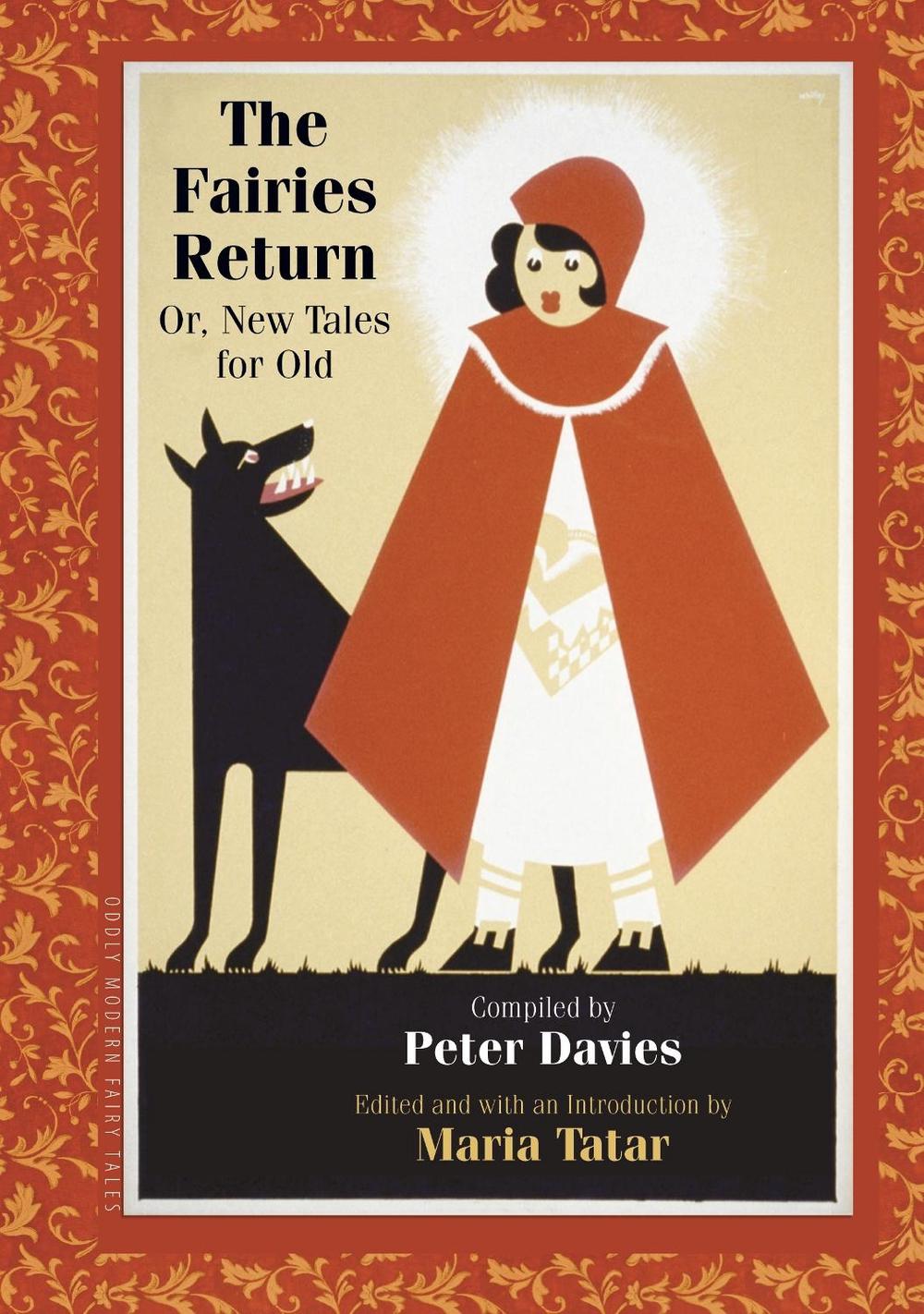
“I grew up in the shadow of the Holocaust. “My parents had come from Europe and Europe was a place that signified really deep horror,” she says. The daughter of Hungarian émigrés, Tatar has been fascinated since childhood by German culture and the Holocaust.

A decade later, similar primal feelings, less examined and controlled, helped fuel the Nazis’ organized savagery. That Zeitgeist manifested itself both in lurid crimes (such as murder-rapes in which the chronology of those acts was not always clear) and in the powerful, disturbing paintings of George Grosz and Otto Dix-who sometimes “signed” his work with a blood-red handprint-as well as in Fritz Lang’s films and in plays and novels by Frank Wedekind, Hermann Hesse, and Alfred Döblin. Lustmord: Sexual Murder in Weimar Germanyexplores the vengeful underside of German national character during the 1920s.

Even her first book, from 1978, on mesmerism and literature, bears an enchanted title: Spellbound.īut in 1995, Tatar, who is Loeb professor of Germanic languages and literatures, published a wild exception to this rule, digging into sensational material that is Adult with a capital A. Her works deal with fairy tales and children’s literature: the Brothers Grimm, Bluebeard, Hans Christian Andersen. A glaring anomaly stares out from the curriculum vitae of Maria Tatar, whose 10 scholarly books and scores of articles otherwise display a pleasing consistency.


 0 kommentar(er)
0 kommentar(er)
